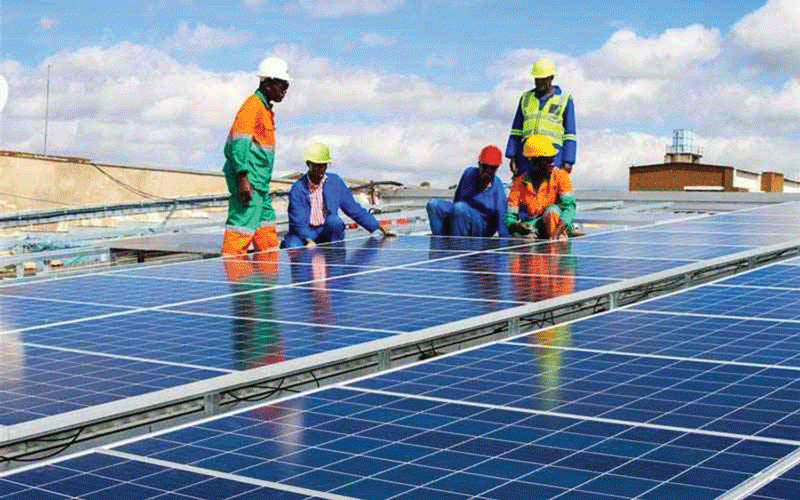
ZIMBABWE’S hotel occupancy level grew to 61% in the 10 months to October compared to 59% during the same period last year, with industry officials attributing the trend to government’s stance on improving the country’s business climate.
BY MTHANDAZO NYONI
Hospitality Association of Zimbabwe (HAZ) president Innocent Manyera, told NewsDay that industry had performed fairly well with some hotels already declaring profits before year-end.
“Excitement came from the Zimbabwe open for business mantra during the first half of the year that saw people travelling to Zimbabwe for workshops. The elections period also saw an increase in occupancies during preparation months and post-election period. There was also a boom in travellers to Victoria Falls,” Manyera said.
“There was a positive trajectory to that extent and more tourists plying Victoria Falls, in particular using air and road as a mode of transport. The forecast is to close above 60% in occupancy, though December will be kind of low due to less workshops undertaken, which is a major driver of occupancies in our country”.
However, the cholera outbreak in the first half of the year affected some lined up workshops for city hotels and travel by regional as well as international travellers, he said.
Manyera added that the sector was still in need of capitalisation to retool, as most of their assets were tired.
“We also need serious considerations on the pricing from our suppliers where we face three to four pricing system, US, bond, cash, swipe among others,” he said.
- Chamisa under fire over US$120K donation
- Mavhunga puts DeMbare into Chibuku quarterfinals
- Pension funds bet on Cabora Bassa oilfields
- Councils defy govt fire tender directive
Keep Reading
“Environmental issues need to be looked into. There are no tight laws on issues to manage garbage, culture change on littering as well as traffic laws to avoid hitch hiking on roads and places close to hospitality entities.”
Along with mining and agriculture, the tourism industry is expected to play a key role in generating the much-needed foreign currency and generating employment.
Under the recently developed National Tourism Recovery and Growth Strategy — Vision 2025, government seeks to regain lost market share in the traditional markets of Europe, America, Australia and Japan, penetrate new markets in Eastern Europe, China and India in Asia as well as growing the domestic market so as to enhance the contribution of tourism to the national economy.
The target is to increase tourist arrivals from the anticipated 2,7 million in 2018 to over 5,5 million by 2023, as well as growing tourism receipts from $1 billion in 2017 to $3,5 billion by 2023.
Marketing efforts also target to increase the average length of stay from five days four nights in 2015 to nine days eight nights by 2023, increase the share of overseas market from 20% in 2017 to 40% by 2023 and subsequently increase the contribution of tourism to employment creation from the current 200 000 (direct, indirect and induced employment) in 2016 to about 500 000 by 2023.











